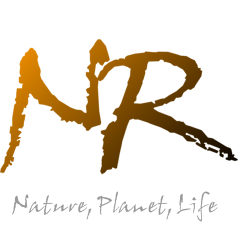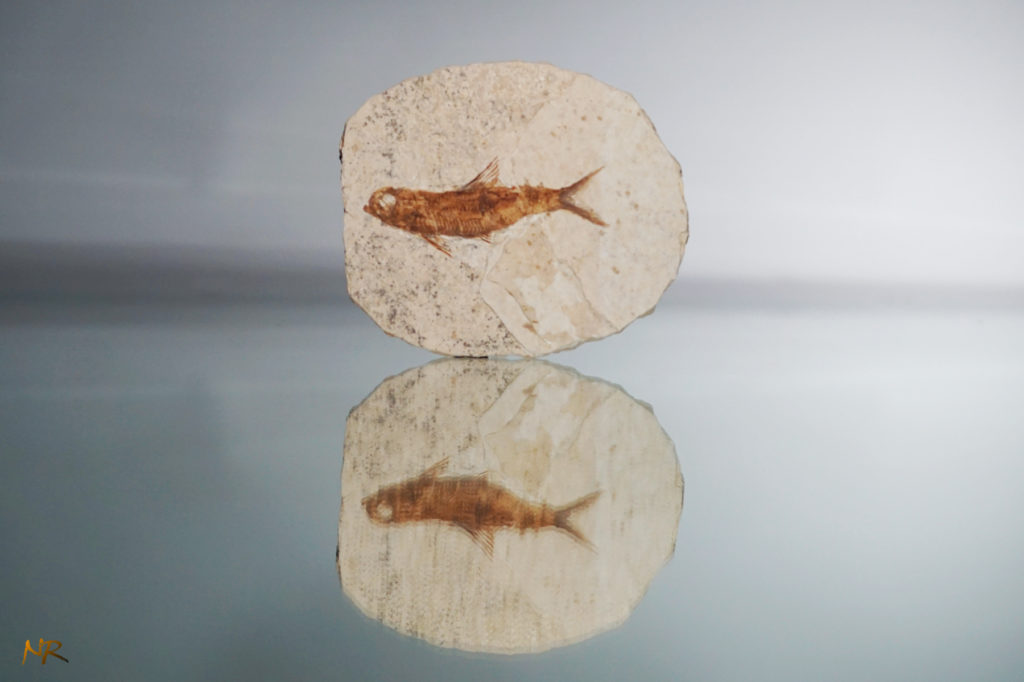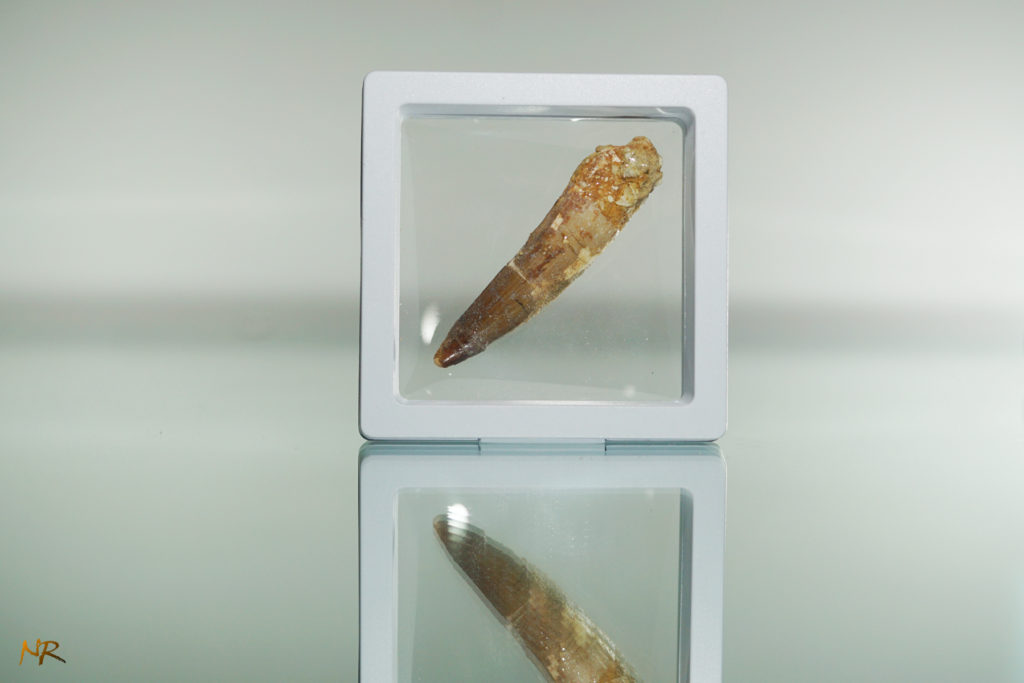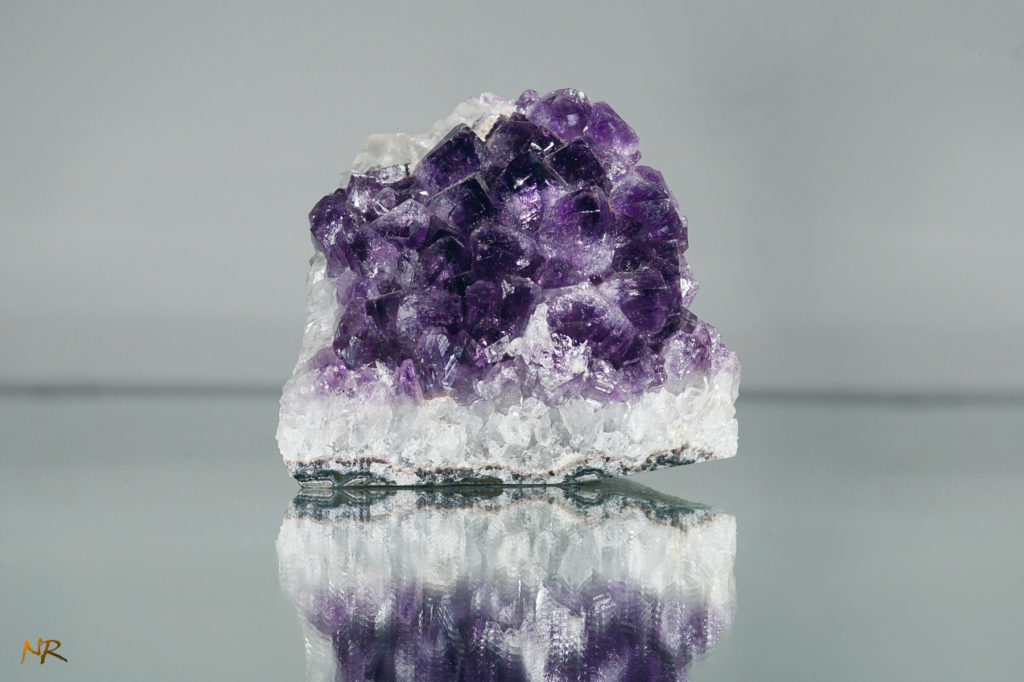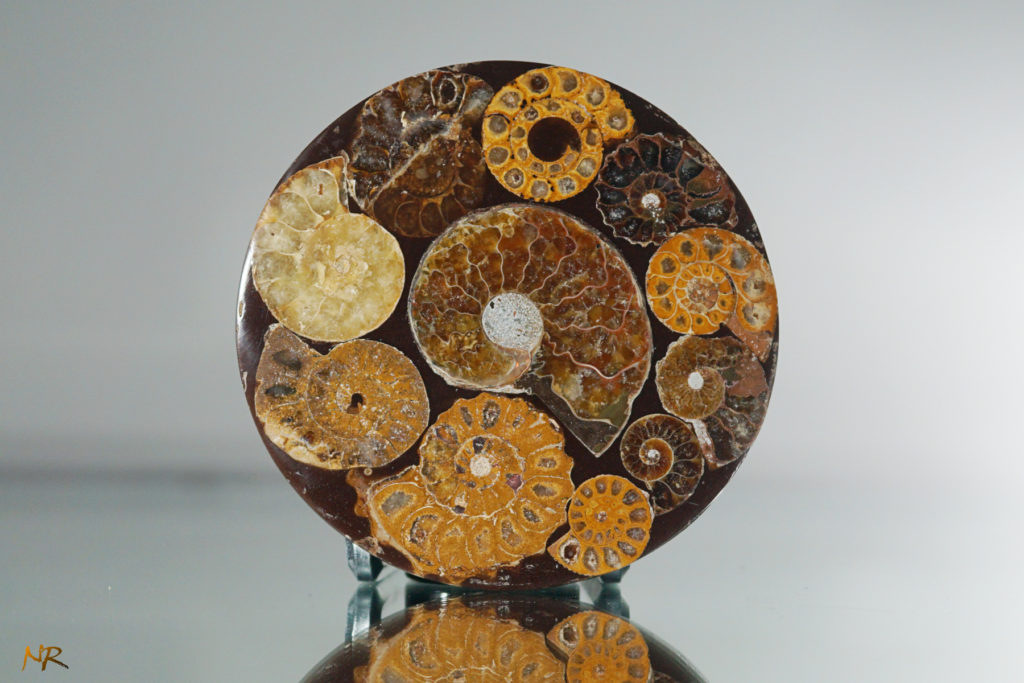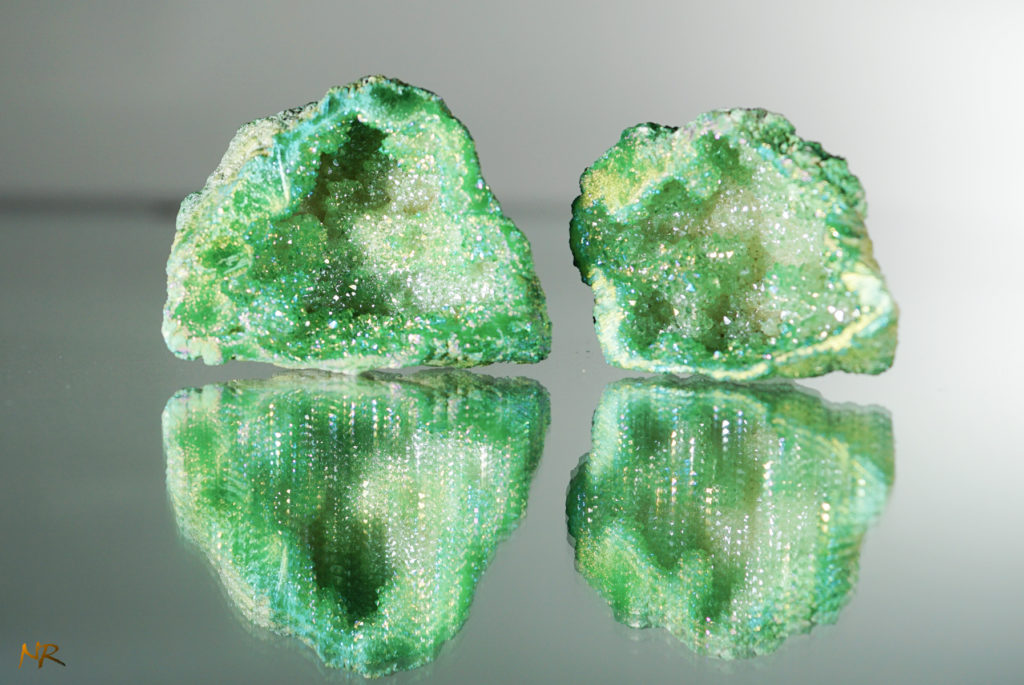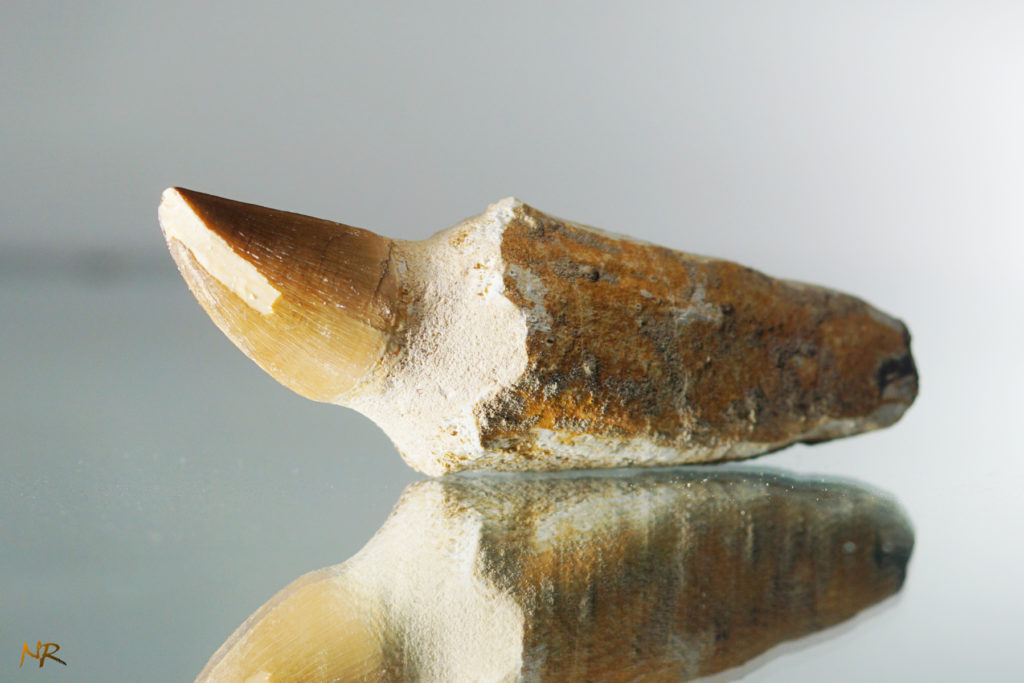I laid a large mirror across the bed and put a roll of backdrop paper over a chair in an effort to create a little mini-studio and experiment with portable lights.
It was never going to win me any studio awards, but I had a number of fossils, agates, and crystals that I wanted to shoot, so I figured just to give it a try.
I had perched the camera on the other end of the mirror and was about to take my first shot when the phone rang and my five-year-old granddaughter Erin was calling me from her iPad.
At five, I think I was running around playing with a stick and pretending it was a gun, as were all my playmates. Times have definitely changed. Her mom was on a crazy 28 hour shift at the ICU, so Erin figured this was a good time to reach out and see what her Granddad Neville was up to.
The fact that we had a meaningful conversation that lasted over half an hour (just the two of us) is a true reflection on what a wonderfully intelligent young lady she is, but also she seemed genuinely interested in what I was trying to do.
I showed her the setup, explained what some of the issues would be for me, and she wanted to know why the lighting was worth experimenting with. Why I couldn’t just take the picture.
So I showed her the effect of moving the lights to front or back and she kept up with my argument quite easily.
At the end of this blog is the selection from my little project. Morgan had given me some really interesting pieces and rather than lose their significance in a bedroom, I wanted to try to do them some justice in capturing them for posterity here.
What you see here are millions of years old and sometimes I like to just hold them in my hand and try to feel the significance of the passage of time. it can be very humbling.
But the main train of thought that rumbled across my brain was in response to the innocent question that Erin asked. “What is a fossil?”
At the time she was looking right at the first of these shots, the fish.
So, understanding that I was talking with a five-year-old, I tried to find a way to describe how a living creature can become a fossil … while avoiding the whole concept of death.
In political terms, you would be proud of me for spinning the discussion so that I focused on the process that encapsulated the creature in what ultimately became rock. I spoke about dinosaurs and creatures that lived millions of years ago and how when they fell that the mud hardened, etc, etc.
“So they died” she said, without any fuss.
“yes, love, they did. But that isn’t a bad thing. It is just something that happens”. I avoided the “it happens to everyone” because I didn’t want to introduce her mortality or god forbid, my own.
Completely un-phased, she said “No, there is nothing bad about death” and she went on to tell me about someone that she knows who died and how sometimes people that Mommy tries to save at the hospital, well, they also die.
It was an enlightening moment. A moment when I realized that the fear of “the death thing” sat only in my head and not hers.
Now, don’t get me wrong. I don’t fear death. Not at all. But I feared having to talk about it with someone that it might create fear within.
But, I needn’t have worried. Young people aren’t born with fear and it generally is absorbed from the people or events around them.
Fear of spiders or snakes, fear of dentists, fear of death.
Anyway she spoke of death for just a few moments and then moved on. The topic held no real interest for her. She was more interested in getting a better look at the fish.
After the call and after I had finished shooting the little bits and pieces, I was left with the running thought of how we get consumed with the whole notion of death and forget the notion of living.
We, individually and collectively, go to great lengths to extend the duration for which we live and forget the moments that go to making this life worthwhile.
But apart from loss of focus on the quality of our lives, it also establishes an end that, because we try so hard to avoid it, ultimately becomes something we fear.
The truth is that the fear becomes bigger than the moment itself and we can allow it to dominate our living years to our own detriment.
Fossils give us a very pointed reminder of how something that was once living just becomes a pattern within the planet that it lived on. The creature’s existence didn’t stop because it died. It just became something else.
Now, in fairness, most of us will not fall into mud as we die and then be discovered millions of years from now within the core of a piece of rock. That eventuality is highly unlikely.
But for us, the pattern we leave behind is the mark we have made within the souls and memories of those around us. Those whom we loved will carry forward their love for us until they too fall in the mud.
And at the end of the day, isn’t that the most important thing about living? That our love lives on beyond us.
Is there any relevance to our name appearing in a history book, or a street named after us? Of course, there isn’t. The triviality of such vanity is laughed at by those who understand the far greater value of love.
And generally speaking love is created within our living years. Created simply by how we treat others and the kindness we show to those who share the planet with us at our moment in time.
Some might argue that I am already a fossil. And there are days when I definitely feel like I am. But until I become set in stone, I work to make sure that those I love, know it.
Humans. Creatures. Planet.
Give it a try and watch the fear evaporate.
